The Phantom Of A Fertile Land Year (India – Iran)
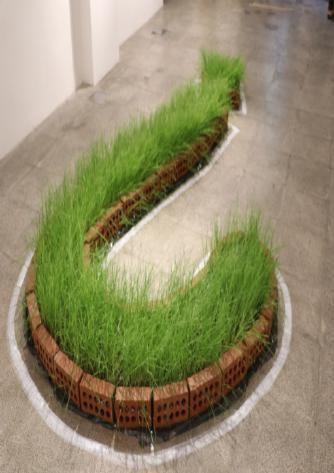
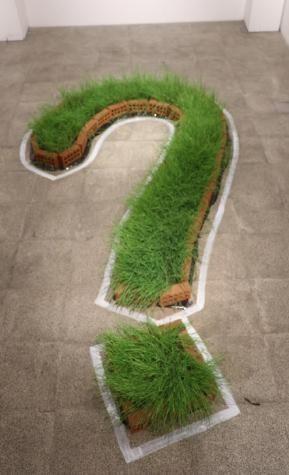

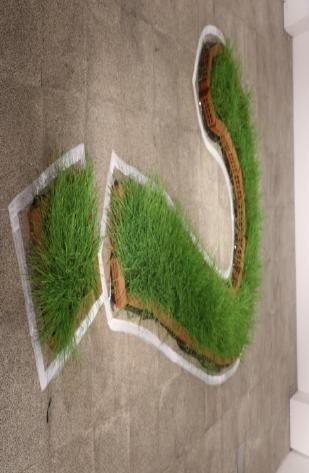
During at kooshk residency, Tehran, Iran
My work has always been influences by the social realities and concerns surrounding me. I have experienced and observed such issues in my native village where disparities between such social hierarchy and power structures coerce the common man to become destitute. Being raised admits the farmer community of rural India, I have heard of narratives related to exploitation. Even today somehow the government administration fails to ensure social/agriculture security to the farmer which is leading to the increasing number of suicide within the farmer community. I have used the manual farming elements which has using by farmer for cultivate the agriculture. The question mark represented the future of farmer. At the same time this is bring for awareness of farmer as well. Nutrients for bonsai are available commercially in the form of fertilizers in two forms namely Organic and Inorganic. Both Organic and Inorganic fertilizers provide the plants with the essential nutrients needed for the plant to grow healthy and strong and the choice of the type of fertilizer used is a matter of personal choice. However, each contains different ingredients and supplies these nutrients in different ways. Organic fertilizers create a healthy growing environment, while Inorganic fertilizers provide rapid nutrition. Deciding which fertilizer is to be used depends on which is good for the plants and the bonsai practitioner’s preferences in terms of cost and other factors. While Inorganic fertilizer is cheaper in the short term, it adds less to the soil in the long term. Before I start my project when I moved to north Iran I saw farming lands and also love the cultures of Iran. The cultivation of the land is still done today in traditional ways in Iran. When I started to talk with that Iranian ladies she told me about the situation of Iran cultivation, at that time I feel it was challenging to me and also surprised to me both of the country has face same situation in the farming.
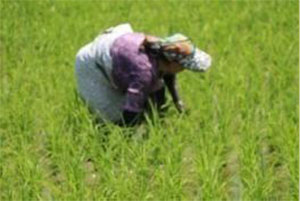
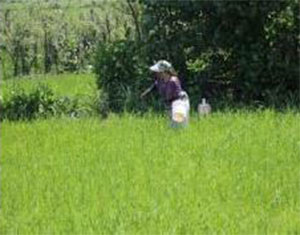
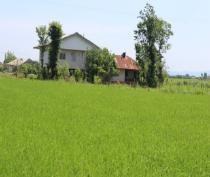
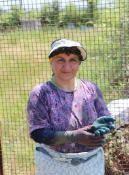
Photography: During the KOOSHK residency- north- Iran farming
ABOUT AGRICULTURE IN IRAN: The rural economy, for millennia the economic and social basis for all Persian governments, is characterized by a series of ecological and economic restraints that have hampered its development. While the natural limitations of the country have effects on the extent of agriculturally usable land and the kinds of crops grown, the socioeconomic structure of Iran and its historical foundations are important for the organization of agricultural production and for economic development. Of special importance for the understanding of the historical development of Iranian agriculture is the theory of rent-capitalism (Rentenkapitalismus) developed by the Austrian geographer H. Bobek (1959, 1961, and 1974, 1976-77).
Ecological foundation of Iran, Limited availability of agriculturally usable soils and the lack of water are the most important natural barriers for agriculture in Iran. Due to topography and unfavorable climate, only the mountainous north, northwest and west receive sufficient precipitation to carry out spatially extended agriculture. That the agriculturally usable land is limited is shown by the survey by Pabot (1967), according to which only 15 per cent may be considered as farmland and another 25 per cent of the total land of the country as rangeland. The biggest part of the country (approx. 50 percent) is sterile desert or desert-steppe, which may be usable only for periodic pasturing, while the rest is mainly degraded forests.
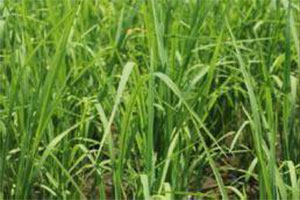
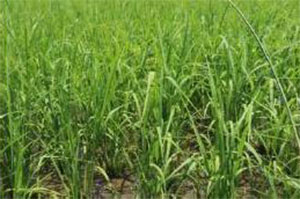
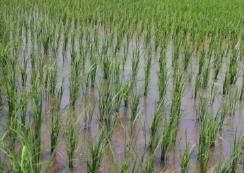
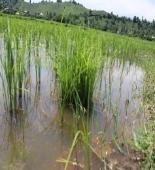
Photography: During the KOOSHK residency- north- Iran farming lands
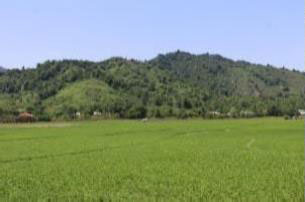
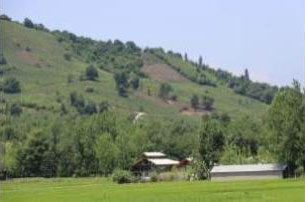
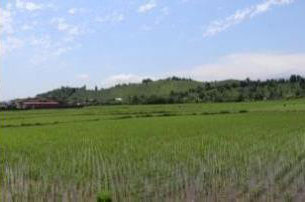
Photography: During the KOOSHK residency- north- Iran farming lands
After nearly achieving agricultural self-sufficiency in the 1960s, Iran reached the point in 1979 where 65 percent of its food had to be imported. Declining productivity was blamed on the use of modern fertilizer, which had inadvertently scorched the thin Iranian soil.
Unresolved land reform issues, a lack of economic incentives to raise surplus crops, and low profit ratios combined to drive increasingly large segments of the farm population into urban areas.
Since 1979 commercial farming has replaced subsistence farming as the dominant mode of agricultural production. Some northern and western areas support rain-fed agriculture, while other areas require irrigation for successful crop production. The 1979 Revolution sought self-sufficiency in foodstuffs as part of its overall goal of decreased economic dependence on the West. Higher government subsidies for grain and other staples and expanded short- term credit and tax exemptions for farmers complying with government quotas were intended by the new regime to promote self-sufficiency. But by early 1987, Iran was actually more dependent on agricultural imports than in the 1970s.
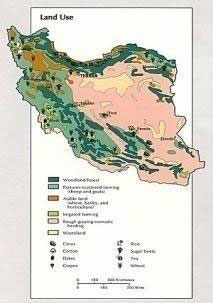
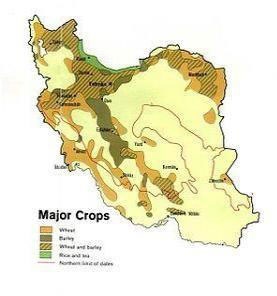
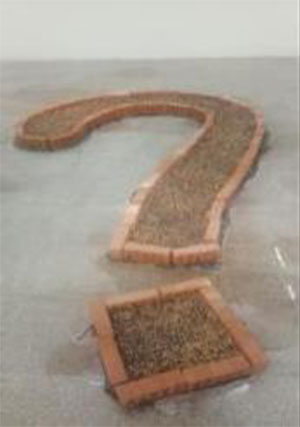

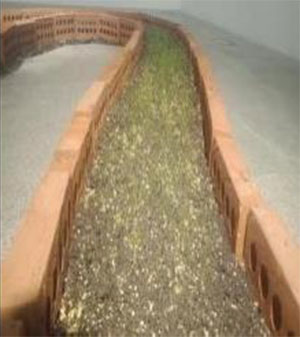
The branch of biology that deals with the relationship of organisms to one another and to their physical surrounding. Developed the wheat plants during the kooshk residency, Tehran, Iran.

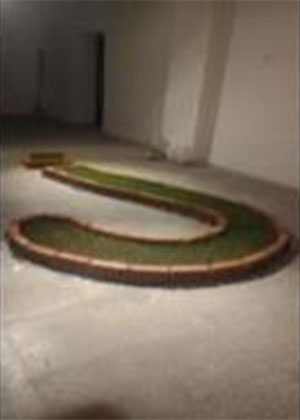

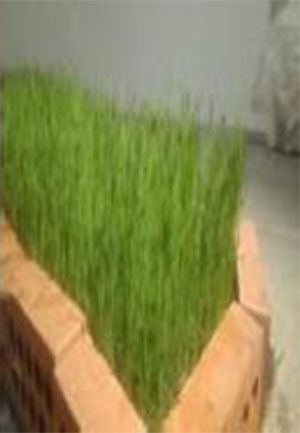
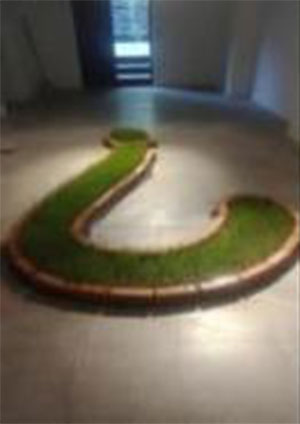

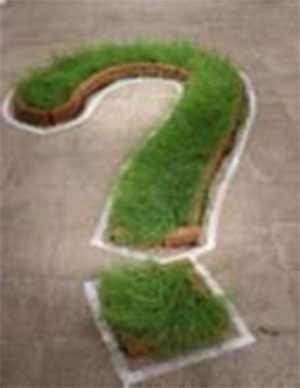
Bricks, wheat seeds, organic black soil, white line, develop during Kooshk residency at deegar platform.
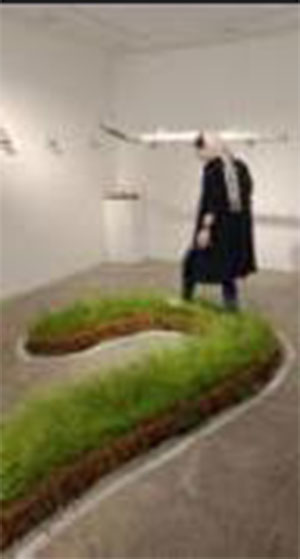
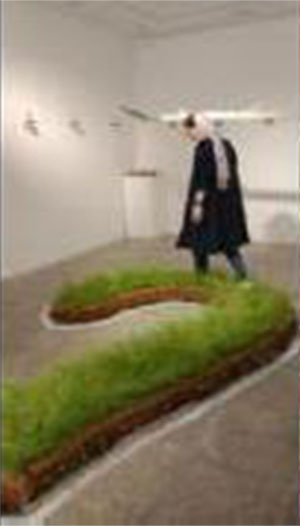
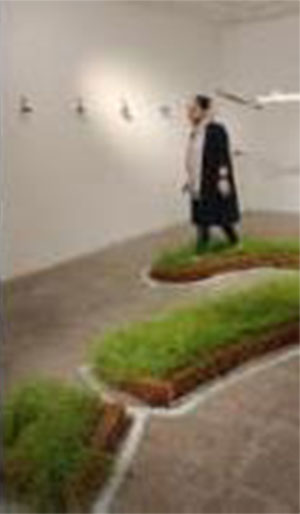
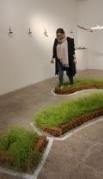


Photography during the kooshk residency at deegar platform
The question mark represents the future of farmer, at the same time this is brings for awareness of the farmer. And also, I grow wheat plants during this residency, now a days in India and Iran also faces the same problems due to lack of water and also low Production of wheats. I depicted the framers which is symbolizes the identity of human. From the many human chooses one framer and one particular way for their identity in our society. At the same time, I compared with failure and success of human life. Some people get success and some people get failure. In this project want co-related the Iran farming issues and also Indian farming issues. Basically, I inspired by Iran farming issues like roughly one-third of Iran’s total surface area is suited for farmland. Only 12% of the total land area is under cultivation. But less than one- third of the cultivated area is irrigated the rest is devoted to dry land farming. Some 92 % of the agricultural product depends on water. The western and northwestern portions of the country have the most fertile soils. Iran’s food security index stands at around 96 %. Like as poor soil and lack of adequate water distribution in many areas, most of it not under cultivation. Due to employment in high and oil prices are low it had affected the farmer. Due to gross water mismanagement impact on the country. That’s what Iran face worse water future of any industrialized nation, and also affected in farming. It’s the larger socio-political- cultural dynamic in the north. I strongly believe that social and histories crisis which I am dealing with my work as a transnational presence changing the social condition. The central demand was to ensure that each and every farmer get a percentage of the production profit for which they toil in the field around the year so that I develop my idea in Deegar platform at Kooshk residency.
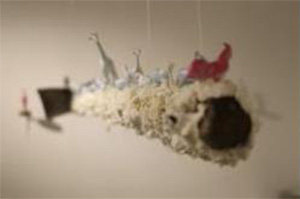
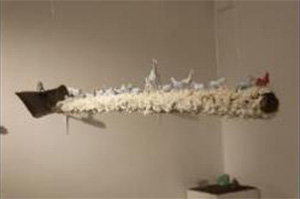
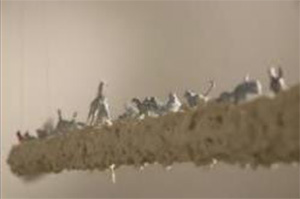
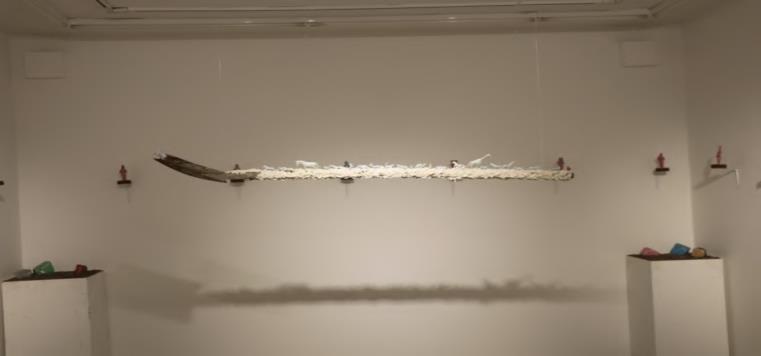
Hoe, paper ploof, rubber casting animals... during Kooshk residency at Deegar platform
Due to the lack of water how animals can migrate from one place to another. At its most basic, migration is the movement of a group of animals from one place to another and, in most cases, back again. I use hoes its swing in a parallel. Rapid urbanization, industrial pollution, waste disposal, overgrazing, deforestation, land degradation, and soil erosion are all affecting Iran’s remarkable biodiversity at the crossroads of Africa, Asia, and Europe. Flora and fauna have been damaged at an alarming rate due to the destruction of natural habitats. The Asiatic cheetahs, Asiatic black bear, goitered gazelle, and Persian wild ass are among the species pushed to extinction through Irreversible man-made processes. Most migration is seasonal. That is what we see when many birds return to Idaho in the spring and leave in the fall. It’s March and spring is on its way. What signs of spring do you look for — flowers, leaves on the trees, or warmer temperatures? For many people spring begins when birds return, filling neighborhoods and parks with their songs. Some migrating animals may use the movement of the sun across the sky to find their way. Since the sun changes position as the Earth rotates, these animals would need to be able to make adjustments to their path of travel so it is not affected by the sun’s movements. This is called “time compensation.” Experiments with European Starlings showed that this is what happens. Animals that migrate during the day are the most likely to use a sun compass to find their way.
POEM: We Journey Towards a Home by Mahmoud Darwish
We journey towards a home not of our flesh. Its chestnut trees are not of our bones. Its rocks are not like goats in the mountain hymn. The pebbles’ eyes are not lilies.
We journey towards a home that does not halo our heads with a special sun. Mythical women applaud us. A sea for us, a sea against us.
When water and wheat are not at hand, eat our love and drink our tears… There are mourning scarves for poets. A row of marble statues will lift our voice. And a turn to keep the dust of time away from our souls. Roses for us and against us. You have your glory, we have ours. Of our home we see only the unseen: our mystery. Glory is ours: a throne carried on feet torn by roads that led to every home but our own! The soul must recognize itself in its very soul, or die here.

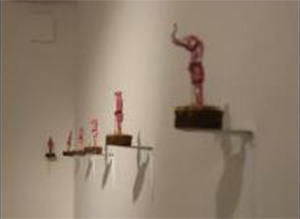


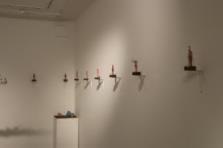


Cow dungs, wheat seeds, sticks, fiber casting figures, plastic polithin, thread,during kooshk residency at deegar platform
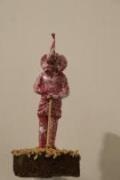



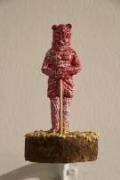

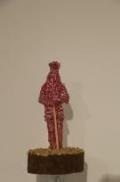
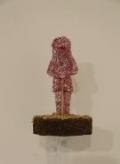
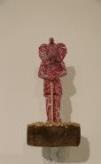


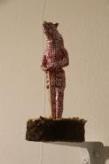
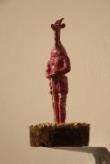
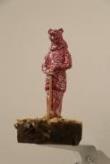
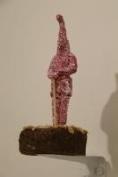
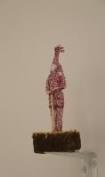
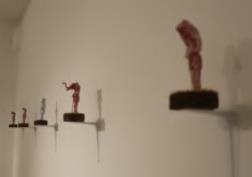
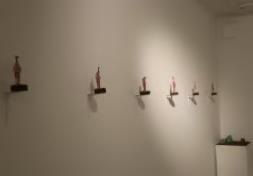
During the kooshk residency at deegar platform
The feasibility of increasing the crop productivity under prevailing ecological conditions. The wheat scenario in our country has completely changed. In the post-independence era, country used to import wheat for our needs but due to bumper increase in the production and productivity of wheat in the green revolution period in late sixties, our country became self dependent in wheat production. At present, country is producing much more excess wheat than the requirement and god owns are over-flooded with wheat. As far as manure is concerned, most small farmers and peasants have to use cow dung, which is an effective one.
However, the problem for them is that this cow dung is used as fuel too, which means that not enough cow dung is available for all. Chemical fertilizers are mostly out of bounds for the poor farmers. It is also stated that organic manure is highly necessary to make sure that soil stays healthy. However, it has also been observed that excessive usage of these has led to the soil being infertile and affected the quality of crops.
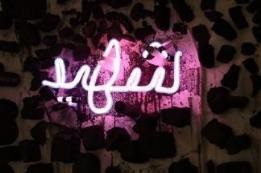
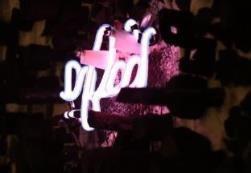

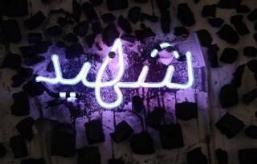
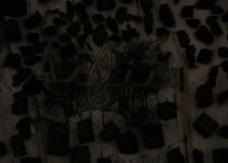
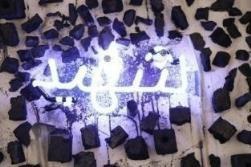
Charcoal cubes and dusts, neon light during the kooshk residency at deegar platform
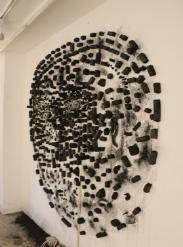
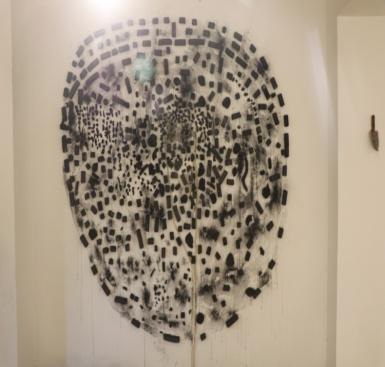
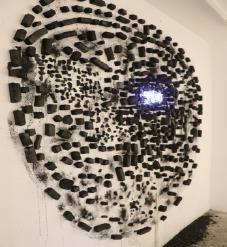
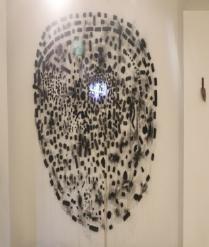
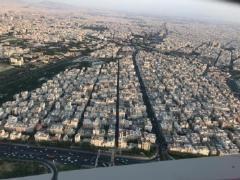

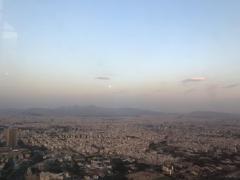
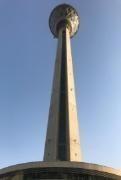
When I go to millad tower then I realized, the effects of climate change are not subtle anymore. The challenges it presents are threatening- not just our way of life, but putting the future of the world on unstable grounds. As a growing country, it needs to focus on how climate change impacts its development and take initiatives that are sustainable in nature. Whether or not a resolution of the nuclear standoff is reached and sanctions eased, Iran’s environmental problems cannot be tackled without serious determination and substantial investment. While sanctions are not the main cause of Iran’s environmental problems, they have exacerbated the situation and will affect the quality of life and health of many future generations of Iranians who have had no involvement in the nuclear policies and might not yet even have been born. As a result of diminished surface water, Iran is experiencing more frequent dust storms. These are extremely unpleasant, hurt agriculture and livestock, decrease the quality of life of inhabitants, and eventually force out-migration. The shrinking of surface water sources has encouraged aggressive extraction of non-renewable groundwater resources, making Iran one of the world’s top groundwater miners, with declining groundwater levels causing major subsidence in some areas. Despite international pressure, Iran has managed to continue exporting oil and gas build refineries and become a major dam builder. The environmental dimensions of such “independent”, accelerated development include dramatically increased pollution, diminished water resources, accelerated deforestation and desertification, and increasing biodiversity losses. Similarly, Iran’s major environmental problems – increased air pollution, biodiversity losses, desertification, deforestation, and drying water resources – will cross boundaries with major regional and even global implications, even though sanctions were supposed to hurt only Iran. in our natural world, we refuse to turn away from the climate catastrophe and species extinction. For The Guardian, reporting on the environment is a priority. We give reporting on climate, nature and pollution the prominence it deserves stories which often go unreported by others in the media. At this pivotal time for our species and our planet, we are determined to inform readers about threats, consequences and solutions based on scientific facts, not political prejudice or business interests. Martyr for nation during at kooshk residency at deegar platform.
Farmers’ suicides are nothing new in country. But, it is a comparatively newer phenomenon in country, the state that thought that it was immune to farmers’ suicides till the last decade of the 20th century. That language “shaeed “ the light came from certain times off and on likewise this issues came from certain periodic. I used that language as a symbol.



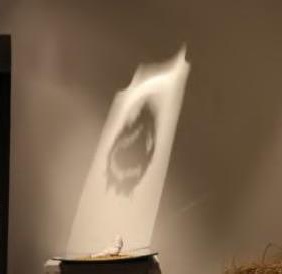
Concave lences, spot light, wheat seeds photography
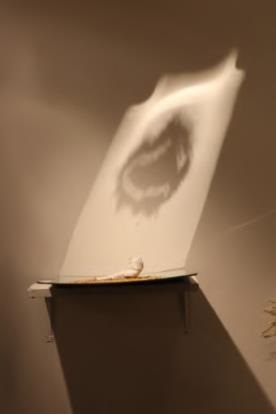

During the kooshk residency, fiber casting figure, during the kooshk residency at deegar platform( Persipoils lion).
he movement took to fight the age-old malpractices and secure the rights of the farmer. The central demand was to ensure that each and every farmer gets a percentage of the production profit for which they toil in the field around the year. Even today the government fails to ensure social/ agricultural security to the farmer which is leading to the increasing numbers of suicide within the farmer community.
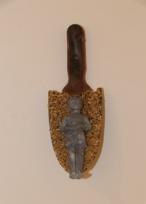
hoe, fiber casting, wheats during the kooshk residency at deegar platform
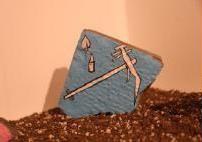
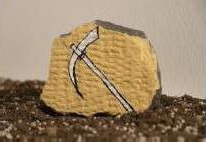
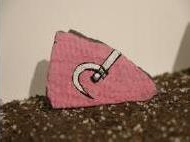
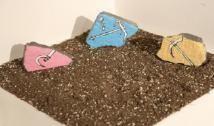
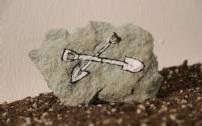
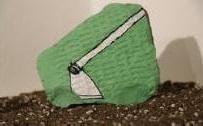
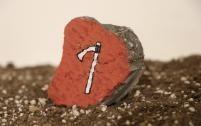
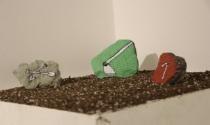
I collects Rocks,black soils, painted in old traditinoal way of iran , I draw indian weapons in a rocks, during the kooshk residency at deegar platform.
Food such as fruits and vegetables enjoy high demand round the year. However, these crops are destroyed due to abnormal rainfall. Farmers who do not have cold storages have to sell their produce as early as possible so that they do not rot. This means they are sold at a loss since supply exceeds demand by some distance. It is very costly – and thus impossible – for a small farmer to own and operate a cold storage. If the middlemen can be eliminated then the farmers could have sold their products at better rates.
On the other hand, the farmers have to be satisfied with the bare minimum. The situation is especially dire in the sugar factories where the weighing scales are always said to be dodgy and it takes a significant time for the farmers to just break even. In some situations the farmers also need to give away their produce for free to the moneylenders. Distress selling in small villages is a pretty common phenomenon as well. The Rural Credit Survey has correctly stated that nothing is favorable for the farmers in terms of time, place or conditions of sale.
The gap between small farmers, big farmers or landlords, and medium farmers or peasants is huge. India’s inheritance laws with its emphasis on fragmentation are problematic in nature. A lot of time and resources are wasted every time a fragmentation happens and it reduces output since it is highly difficult to properly cultivate such small pieces of land. Marking boundaries also means that useful and fertile land gets eaten up in the process. In such circumstances, there is precious little that the farmer can do to improve the produce.
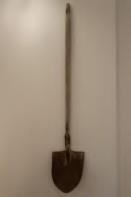
I collect hoe which are used in Iran farming, during the kooshk residency at deegar platform
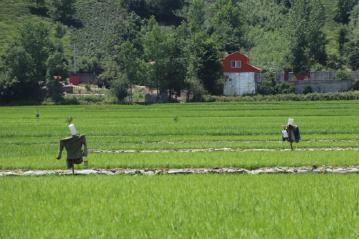
Photography during the kooshk residency, North Iran farming land
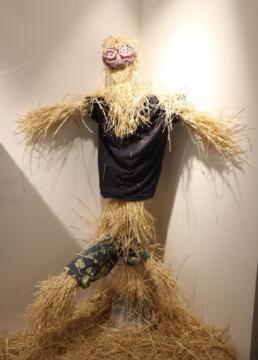
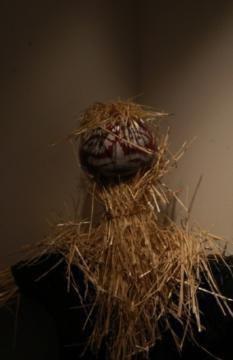
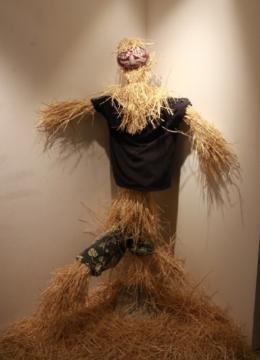
I collect rice straw, T-shirt, half pant, pot, sticks, hoe, during the kooshk residency at deegar platform
A scarecrow is a scarecrow decoy or mannequin, often in the shape of a human. Humanoid scarecrows are usually dressed in old clothes and placed in open fields to discourage birds from disturbing and feeding on recently cast seed and growing crops. Scarecrows are used across the world by farmers, and are a notable symbol of farms and the countryside in popular culture. This scarecrow to protect my wheat farming land, which I have seen in north Iran. It is very popular and has successfully raised a great deal of money for charity.
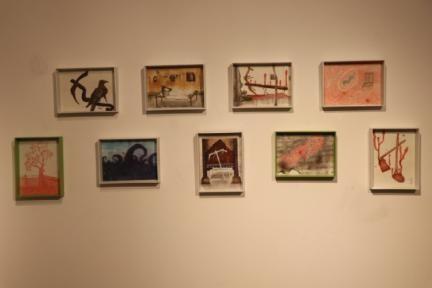
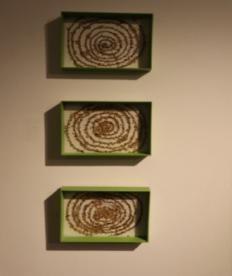
I make some drawings in watercolors, and also, I collect some wheats I make flow of wind which came from certain time, during the kooshk residency at deegar platform
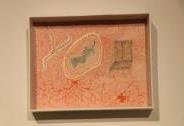
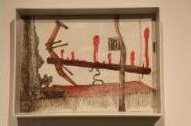
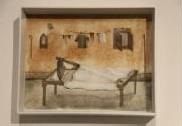
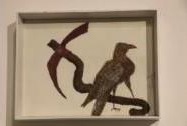
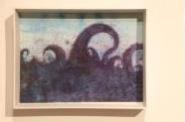
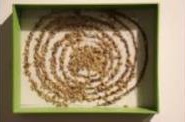
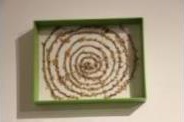
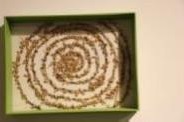
Drawings during the kooshk residency at deegar platform
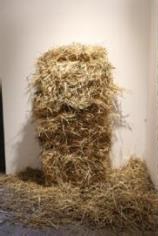
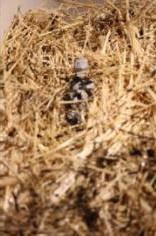
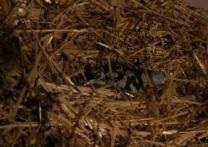
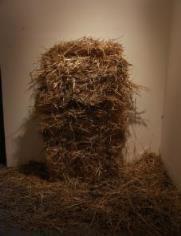
Collect straws bunddels, fiber casting figure, during the kooshk residency at deegar platform
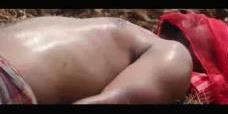
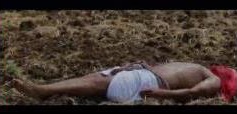
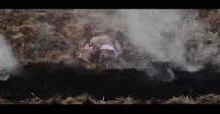
Performance, what I feel as a farmer, that vedio was display on during kooshk residency at deegar platform
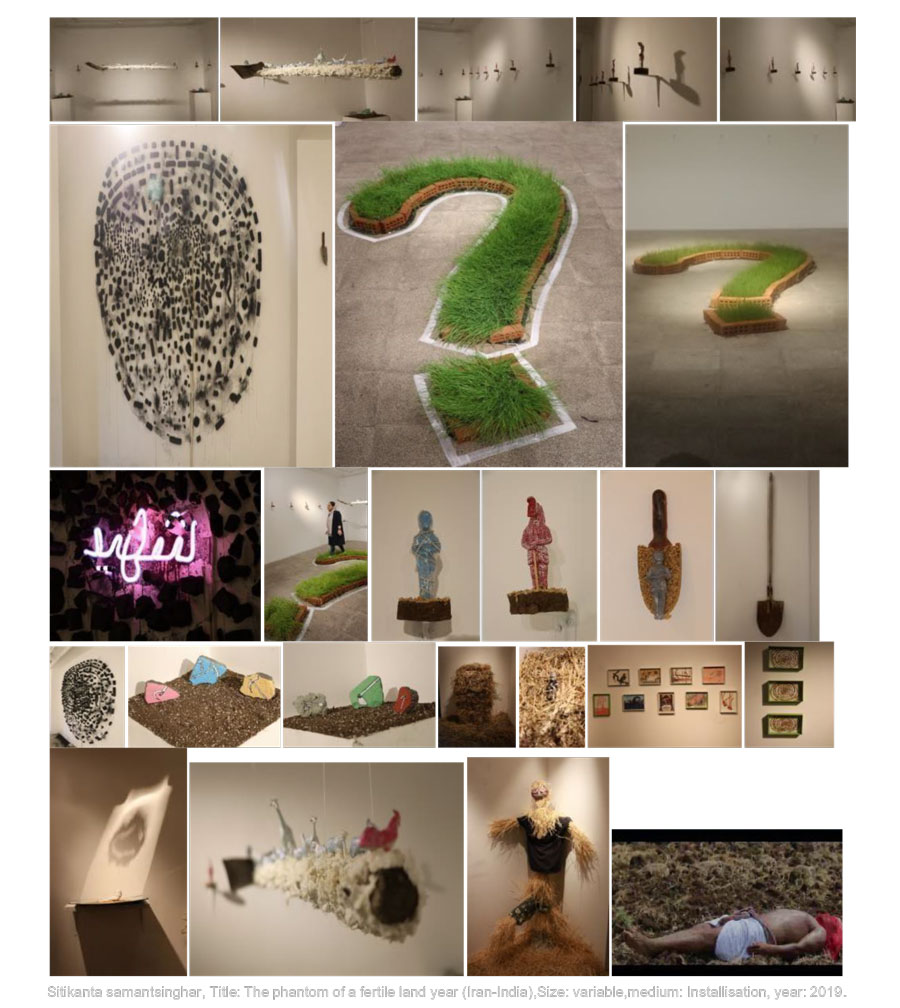
Further Queries
- How the farmers will benefit in the low rain area in ‘new-India’?
- What are the new initiatives taken by government administration for quit suicides by farmers?
- How the farmers will directly connect with the urban based retailers without any help of broker or middle man?
- What are the new modern instruments or elements introduced by government administration or corporate sector for agriculture process within less manpower?
- What are the new techniques or methods trained to skilled farmers
These are some basic queries for the next possibilities of the same project and also, I would like engage more in the same idea.